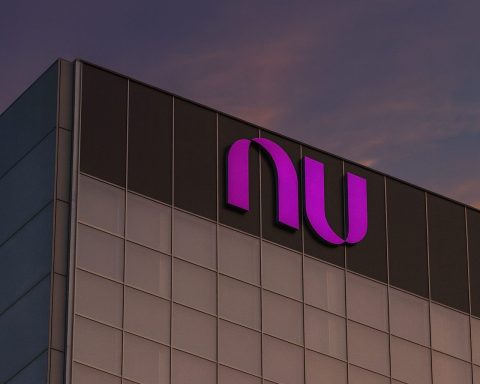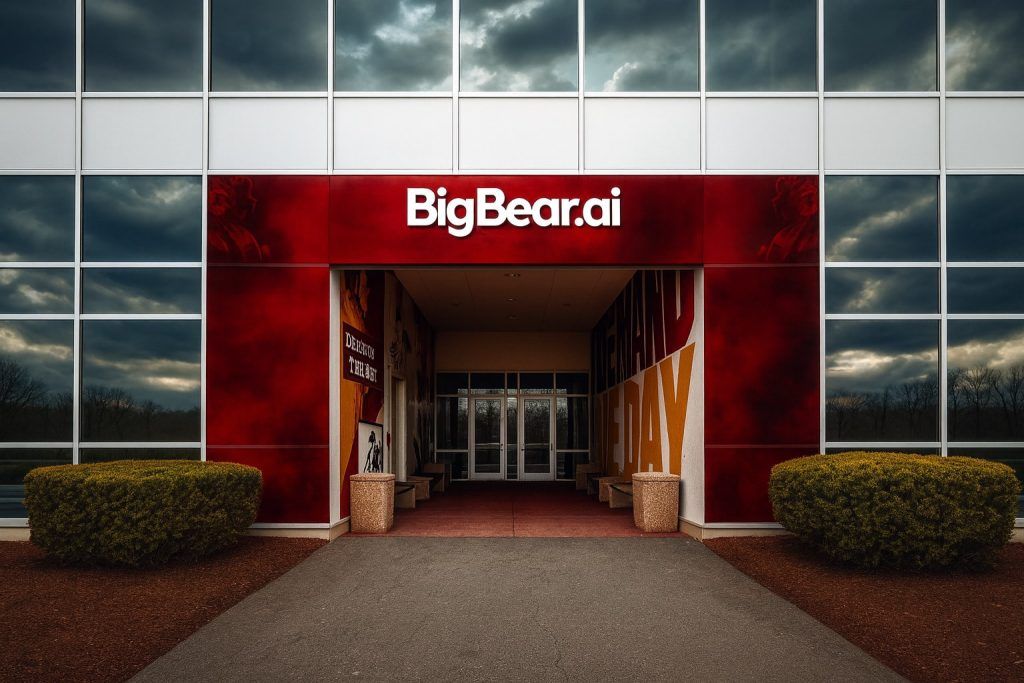Updated: November 15, 2025
Key takeaways
- Price & size today: LLY trades around $1,025 per share, placing Lilly’s market value just below $1 trillion and within a whisker of its 52‑week high. Trailing P/E is ~50x and forward P/E on 2025 guidance is ~44x. [1]
- November headlines: A White House pricing deal will cut out‑of‑pocket costs for Zepbound and boost public‑program access; Lilly now expects U.S. approval of its oral GLP‑1 pill (orforglipron) by March 2026; Lilly is adding $3B of new European capacity while refocusing PBM relationships; and it advanced another obesity agent (eloralintide) to Phase 3 on strong mid‑stage data. [2]
- Q3 scorecard (Oct. 30): Revenue +54% YoY to $17.6B; non‑GAAP EPS $7.02; 2025 revenue guidance raised to $63.0–$63.5B and non‑GAAP EPS to $23.00–$23.70. [3]
- Broader portfolio: Zepbound gained a U.S. sleep‑apnea indication (Dec. 2024) and Alzheimer’s drug Kisunla (donanemab) was approved in 2024 with a 2025 label update to mitigate ARIA‑E risk — both expand addressable markets. [4]
- Insider/major‑holder flow:Lilly Endowment has filed multiple Form 4/144 sales this month around the $1,000 level — noteworthy supply but typical for the foundation’s diversification. [5]
Where LLY stands today (Nov. 15, 2025)
As of 00:40 UTC on Nov. 15, LLY is ~$1,025 (day range $1,003–$1,033). The 52‑week range is roughly $624–$1,034, and third‑party dashboards peg market cap in the $920–$970B range, reflecting price swings and share count. On trailing metrics the stock trades near 50x earnings; on Lilly’s 2025 EPS guide midpoint (~$23.35), the forward P/E is ~44x. That premium embeds continued GLP‑1 scale‑up and pipeline options. [6]
What changed in November 2025
- White House pricing deal & Medicare access
Novo Nordisk and Lilly agreed to lower list prices for GLP‑1s (Wegovy and Zepbound) across U.S. government programs and for cash payers (indicative ranges $149–$350/month), with Lilly’s CEO citing a $245 net price for Zepbound in the program. The plan also envisions starter doses of oral GLP‑1s at $149 once approved and a public TrumpRx.gov portal in early 2026. Shares dipped on the headline but the street largely read it as volume‑positive over time despite near‑term price pressure. [7] - Orforglipron timeline clarified
Lilly now expects U.S. FDA approval of its oral GLP‑1, orforglipron, by March 2026, putting an oral option in view for next year and potentially broadening adherence and capacity relative to injectables. [8] - Capacity build‑out accelerates
Alongside a previously announced $6.5B Texas site for pill production, Lilly unveiled a $3B Netherlands facility to boost oral‑medicine manufacturing across obesity and cardiometabolic franchises. Added redundancy and output are central to sustaining GLP‑1 growth. [9] - PBM dynamics & employer plan shift
After CVS Caremark favored Novo’s Wegovy on certain commercial formularies, Lilly moved its employee drug plan to PBM Rightway starting Jan. 1, part of a broader contest over GLP‑1 access and net pricing. [10] - Pipeline breadth — new amylin analog
Mid‑stage data for eloralintide (amylin analog) showed up to ~20% weight loss, and Lilly plans to begin Phase 3 by year‑end, underscoring a multi‑modal obesity pipeline beyond GLP‑1s. [11] - Noise control in the channel
Lilly and Novo denied any partnership with Mangoceuticals after the telehealth firm suggested one; the episode highlights continuing policing of off‑label and compounding gray zones as supply and pricing evolve. [12]
Q3 2025: the numbers behind the momentum
- Revenue: $17.60B (+54% YoY), driven largely by Mounjaro/Zepbound; management raised FY25 revenue guidance to $63.0–$63.5B.
- Earnings: non‑GAAP EPS $7.02; FY25 EPS guide to $23.00–$23.70; non‑GAAP performance margin guided to ~45–46%.
- Takeaway: Unit growth is offsetting lower realized prices; guidance raise indicates confidence in supply lines and payer access. [13]
Therapeutic expansions that matter for the model
- Zepbound for obstructive sleep apnea (OSA) — U.S. approval (Dec. 20, 2024) adds a high‑prevalence, comorbidity‑rich population to the addressable market. [14]
- Kisunla (donanemab) in Alzheimer’s — U.S. approval in July 2024 with a July 2025 label update introducing a safer titration to reduce ARIA‑E risk; this may gradually lower barriers to uptake in early‑stage patients. [15]
Valuation check (today)
- Price: ~$1,025 (Nov. 15, 2025).
- 2025 EPS guide midpoint: ~$23.35 → ~44x forward P/E for 2025.
- 52‑week range: ~$624–$1,034; market cap fluctuating around $920–$970B as shares approach the trillion‑dollar club. [16]
This premium multiple rests on (1) durable GLP‑1 volume growth (despite lower realized prices), (2) orforglipron expansion in 2026, and (3) optionality from retatrutide, eloralintide, and broader franchises (oncology, immunology, neuroscience). The main checks on the multiple are payer pushback, policy‑driven price caps, and execution on manufacturing scale.
12‑month base/bull/bear outlook (working scenarios, not investment advice)
Assumptions shared across cases:
- U.S. pricing program launches in early 2026; volume uplift partially offsets net price headwind. [17]
- Orforglipron clears U.S. approval by March 2026 and begins commercial contribution by mid‑year. [18]
- Capacity additions ($3B EU site; Texas build) ease bottlenecks progressively. [19]
Base case (most likely):
- 2026 non‑GAAP EPS run‑rate $28–$30 (volume wins vs. price).
- Premium large‑cap growth multiple ~35x → fair value $980–$1,050 (roughly in line with today as the market digests pricing/Medicare dynamics while awaiting oral uptake).
Bull case:
- Faster orforglipron ramp + smoother payer execution; EPS $32–$34.
- Multiple ~38x → $1,216–$1,292 (roughly +20–25%).
Bear case:
- Pricing pressure/payer mix outweigh volume; launch slippage. EPS $26–$28.
- Multiple ~30x → $780–$840 (drawdown into high‑single‑digit sales growth narrative).
These ranges reflect valuation normalization after a parabolic 3‑year rerating and are sensitive to 1) the speed of Medicare access, 2) manufacturing cadence, and 3) oral GLP‑1 real‑world tolerability/adherence.
Risk dashboard to watch
- Policy & pricing: Implementation specifics and Medicare enrollment mechanics for obesity drugs in 2026. (Material for realized net price.) [20]
- Supply chain: Timelines for the Netherlands ($3B) and Texas ($6.5B) sites to fully contribute. [21]
- Competition: Novo’s oral GLP‑1 timing; head‑to‑head outcomes on efficacy, tolerability, and pill vs. pen adherence. [22]
- Channel dynamics: PBM formulary decisions and employer‑sponsored plan strategies (e.g., Lilly’s own move off CVS to Rightway). [23]
- Execution/legal/noise: Telehealth/compounding controversies (e.g., Mangoceuticals) and continued counterfeit enforcement that may affect channel clarity. [24]
- Share overhangs: Ongoing Lilly Endowment sales are typical but can add technical supply near highs. [25]
Bottom line
Lilly enters year‑end with record revenue momentum, a policy‑driven price/volume trade‑off that the market currently views as manageable, and clear 2026 catalysts led by orforglipron. At ~44x 2025 EPS, the stock already discounts substantial GLP‑1 durability; upside from here likely hinges on oral conversion, capacity execution, and payer uptake beating expectations. Near‑term volatility around policy implementation and PBM moves is the tax for owning an industry leader at an industry‑leading multiple. [26]
Sources & further reading (selected)
- Stock/valuation snapshots: real‑time price; valuation metrics and 52‑week range. [27]
- Q3 results & guidance (Oct. 30): revenue +54% YoY; FY25 guide raised. [28]
- White House pricing deal & market reaction (Nov. 7): terms, analyst views, share move. [29]
- Manufacturing expansion:$3B Netherlands site; $6.5B Texas plant. [30]
- Pipeline:Orforglipron approval expectations; eloralintide Phase 3 plan. [31]
- PBM/employer plan shift: Lilly to Rightway after CVS coverage changes. [32]
- Channel/brand protection: Denial of Mangoceuticals “partnership.” [33]
- Therapeutic breadth:Zepbound approved for OSA (Dec. 2024); Kisunla U.S. approval and 2025 label update. [34]
This article is for information and news analysis, not investment advice.
References
1. lightyear.com, 2. www.reuters.com, 3. www.prnewswire.com, 4. www.fda.gov, 5. www.sec.gov, 6. lightyear.com, 7. www.reuters.com, 8. www.reuters.com, 9. www.reuters.com, 10. www.reuters.com, 11. www.reuters.com, 12. www.reuters.com, 13. www.prnewswire.com, 14. www.fda.gov, 15. www.fda.gov, 16. lightyear.com, 17. www.reuters.com, 18. www.reuters.com, 19. www.reuters.com, 20. www.reuters.com, 21. www.reuters.com, 22. www.reuters.com, 23. www.reuters.com, 24. www.reuters.com, 25. www.sec.gov, 26. www.prnewswire.com, 27. lightyear.com, 28. www.prnewswire.com, 29. www.reuters.com, 30. www.reuters.com, 31. www.reuters.com, 32. www.reuters.com, 33. www.reuters.com, 34. www.fda.gov








